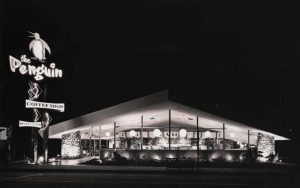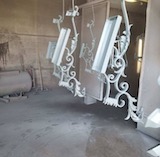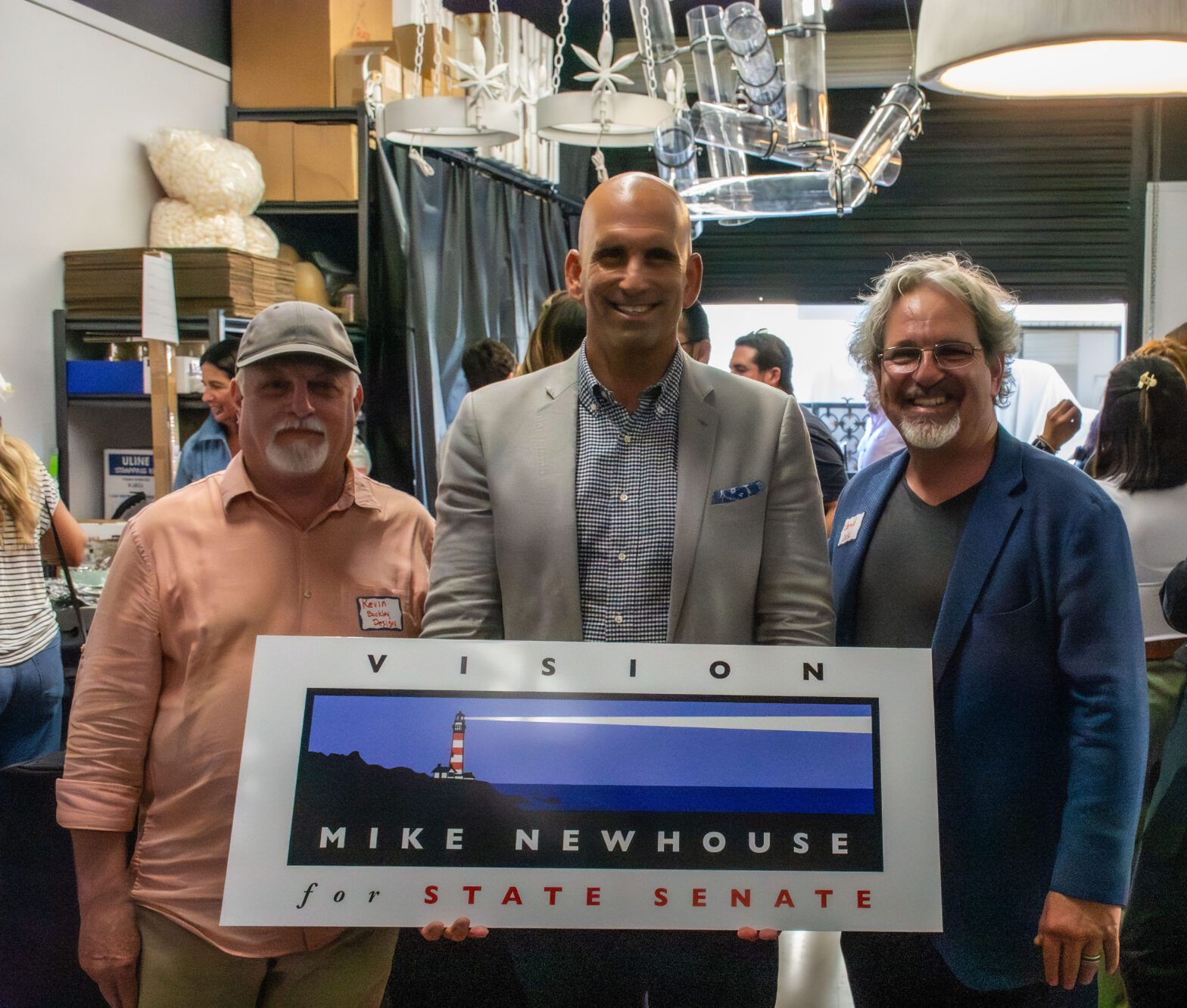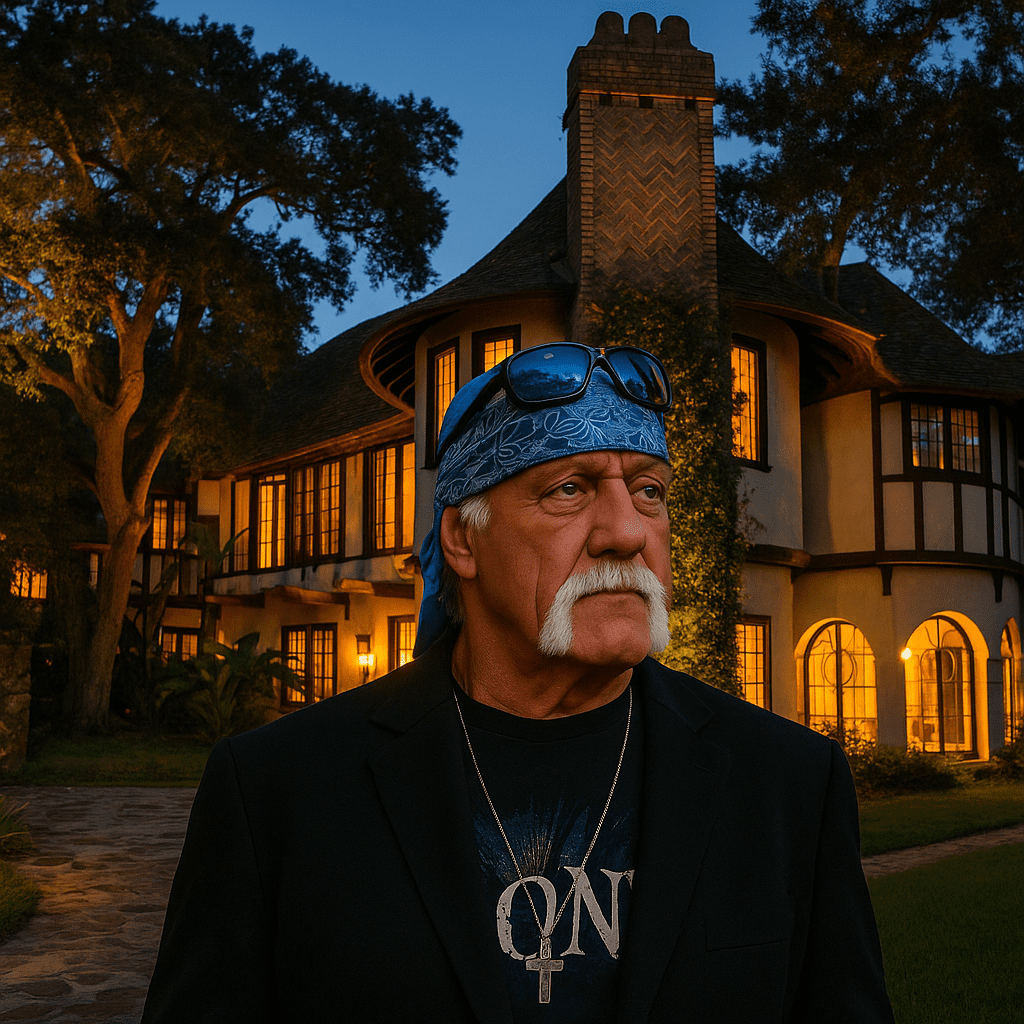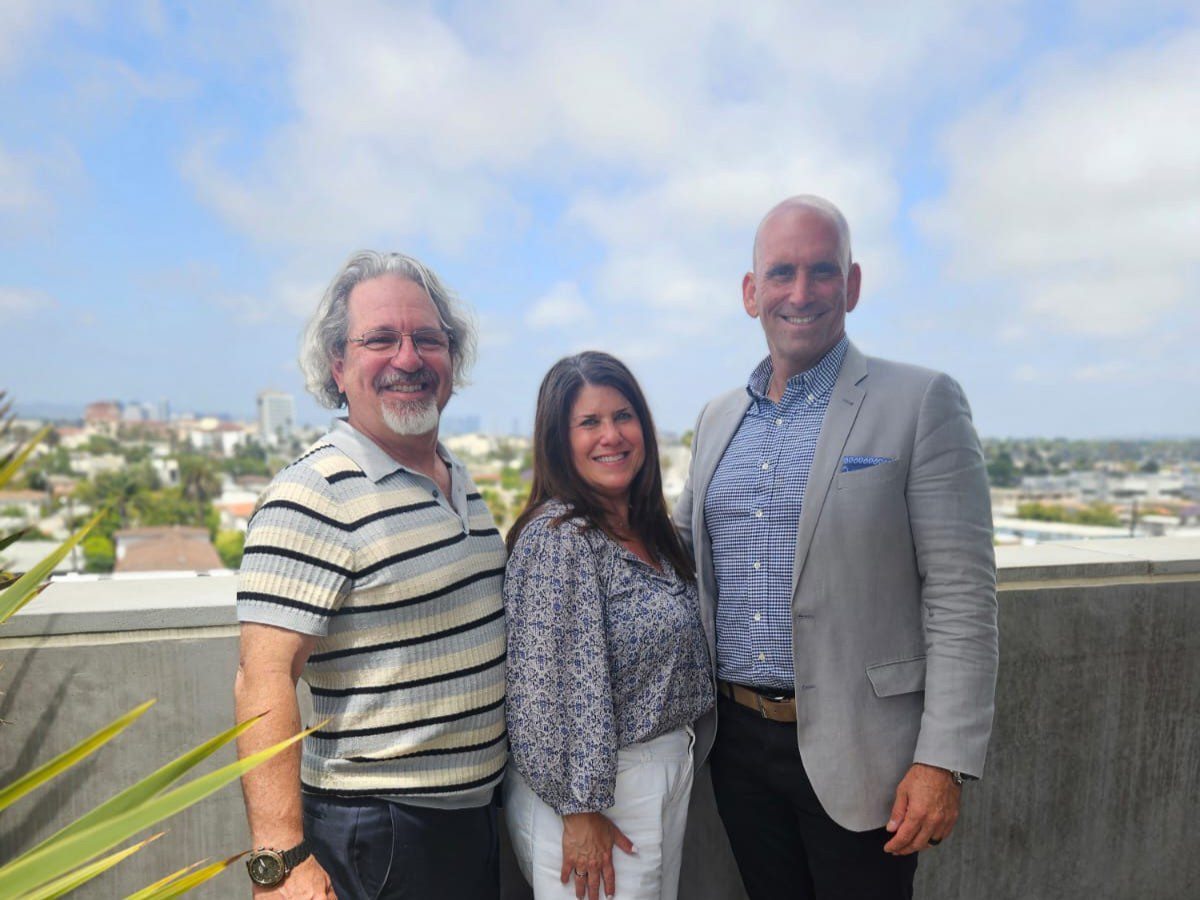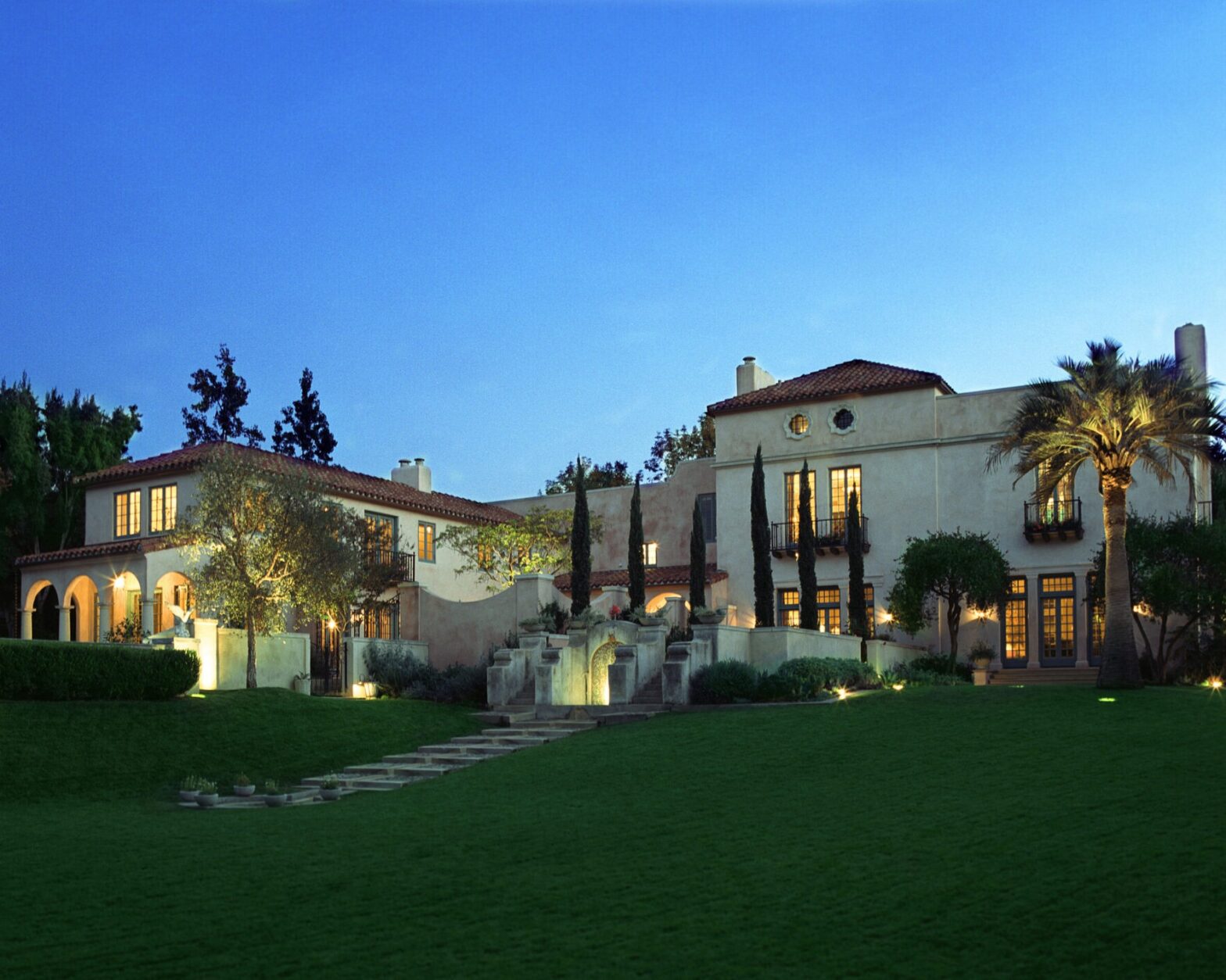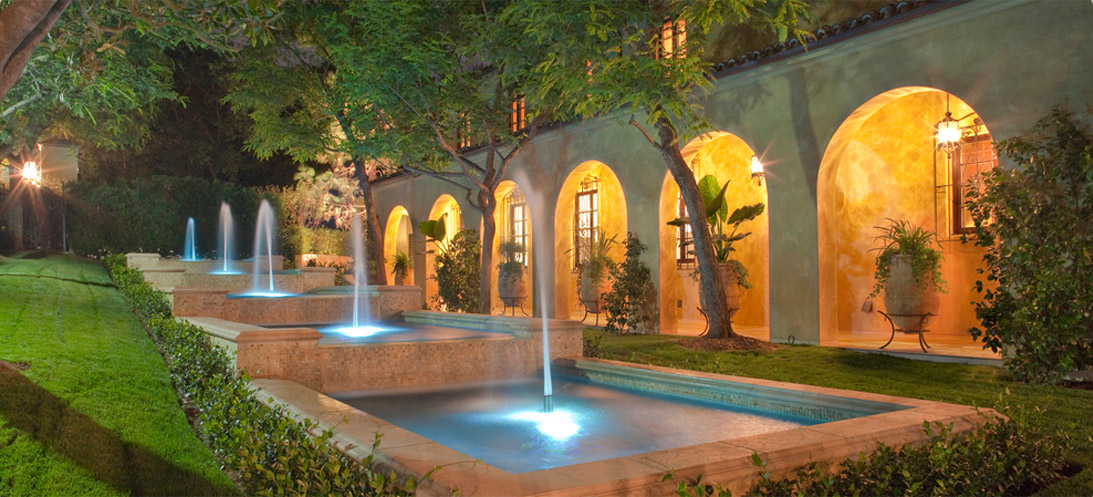
Jack Laxer spent the past six decades making his name as the most prolific and iconic architecture photographer of the 20th century. He made his name focusing on the photography of Googie architecture, specifically in Los Angeles. His artistic talent and creative eye captured the essence and feel of the mid-century modern movement in and around Los Angeles.
Googie architecture is a form of modern architecture and originated in Southern California in the late 1940s. It was a popular form of architecture with gas stations, coffee houses and motels. It later became known as mid-century modern architecture, which represented the populace style. Googie architecture features include upswept roofs, geometric shapes and very bold use of glass, steel and neon. Jack Laxer captured the style and form of the movement throughout the Los Angeles region.
His photographs of California modern architecture have been published in magazines and books, displayed in museums, and included in educational programs since the 1950s. He photographed the homes of Lucille Ball and Harold Lloyd with the Stereo Realist camera.
He captured the architecture of Southern California in vivid color, sometimes even in three dimensions. He was 3D before 3D was cool. His subject matter perfectly embodies the spirit of modernism, both as an artistic movement as well as an everyday reality in postwar Los Angeles.
Jack Laxer passed away in Culver City at the age of 91. He not only photographed Googie architecture, but found artistic inspiration in backyard parties, chemical molecules and other bits of life that brought us all joy. In 2009, he was awarded the Modern Master award by the Los Angeles Conservancy and had the honor to be a featured speaker at the Googie World Expo.
His amazing views offer a full-color, 3D glimpse into a world that no longer exists, even as we drive by it every day.
From the Factory Floor
